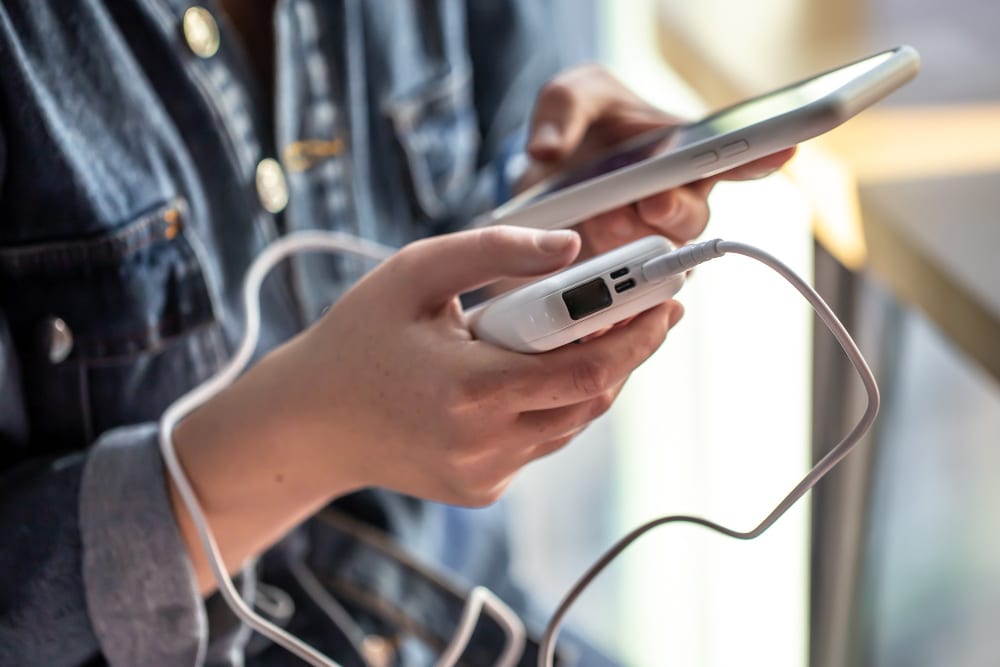In our fast-paced, technology-driven world, smartphones have become an indispensable part of our daily lives. One of the critical aspects of maintaining a healthy and long-lasting smartphone is understanding how to charge it properly. Despite the advancements in battery technology, improper charging habits can still impact battery life over time. This article aims to provide a comprehensive guide on how to properly charge your phone to ensure optimal battery health.
- Choose the Right Charger: Using the manufacturer-recommended charger is crucial. Different phones come with varying charging voltages and currents, and using an incompatible charger can lead to slower charging, overheating, or even damage to the battery.
- Avoid Fast Charging All the Time: While fast charging is convenient, it generates more heat, which can contribute to battery degradation over time. Whenever possible, consider using regular charging to give your phone’s battery a break from the stress of rapid charging.
- Keep Your Phone Cool: Heat is a significant factor affecting battery health. Avoid charging your phone in direct sunlight or in excessively hot environments. Additionally, removing your phone case during charging can help dissipate heat more effectively.
- Charge in Short Bursts: Charging your phone in short bursts rather than keeping it plugged in for long periods is beneficial. Modern lithium-ion batteries have limited charge cycles, and reducing the time your phone spends at 100% can help prolong its overall lifespan.
- Charge Between 20% and 80%: Lithium-ion batteries have a longer lifespan when kept within a certain charge range. Ideally, try to keep your phone’s battery level between 20% and 80% for everyday use. This practice can help extend the overall life of the battery.
- Avoid Deep Discharges: Completely draining your phone’s battery on a regular basis can contribute to premature battery wear. Instead, charge your phone before it reaches critically low levels.
- Update Your Software: Manufacturers often release software updates that optimize battery performance. Keeping your phone’s operating system up-to-date ensures that you benefit from the latest improvements in battery management.
- Use Battery Saver Mode Wisely: Most smartphones come with a battery saver mode that limits background processes and reduces power consumption. Activating this mode when your battery is low can help prolong its life and ensure your phone lasts until you can charge it properly.
- Consider Battery Replacement: If you notice a significant decrease in battery performance despite following these tips, it might be time to consider a battery replacement. Manufacturers typically offer battery replacement services, or you can seek assistance from authorized service centers.
Properly charging your phone is essential for maintaining optimal battery health and ensuring the longevity of your device. By following these guidelines, you can mitigate the risks of battery degradation and enjoy a longer, more reliable lifespan for your smartphone.

